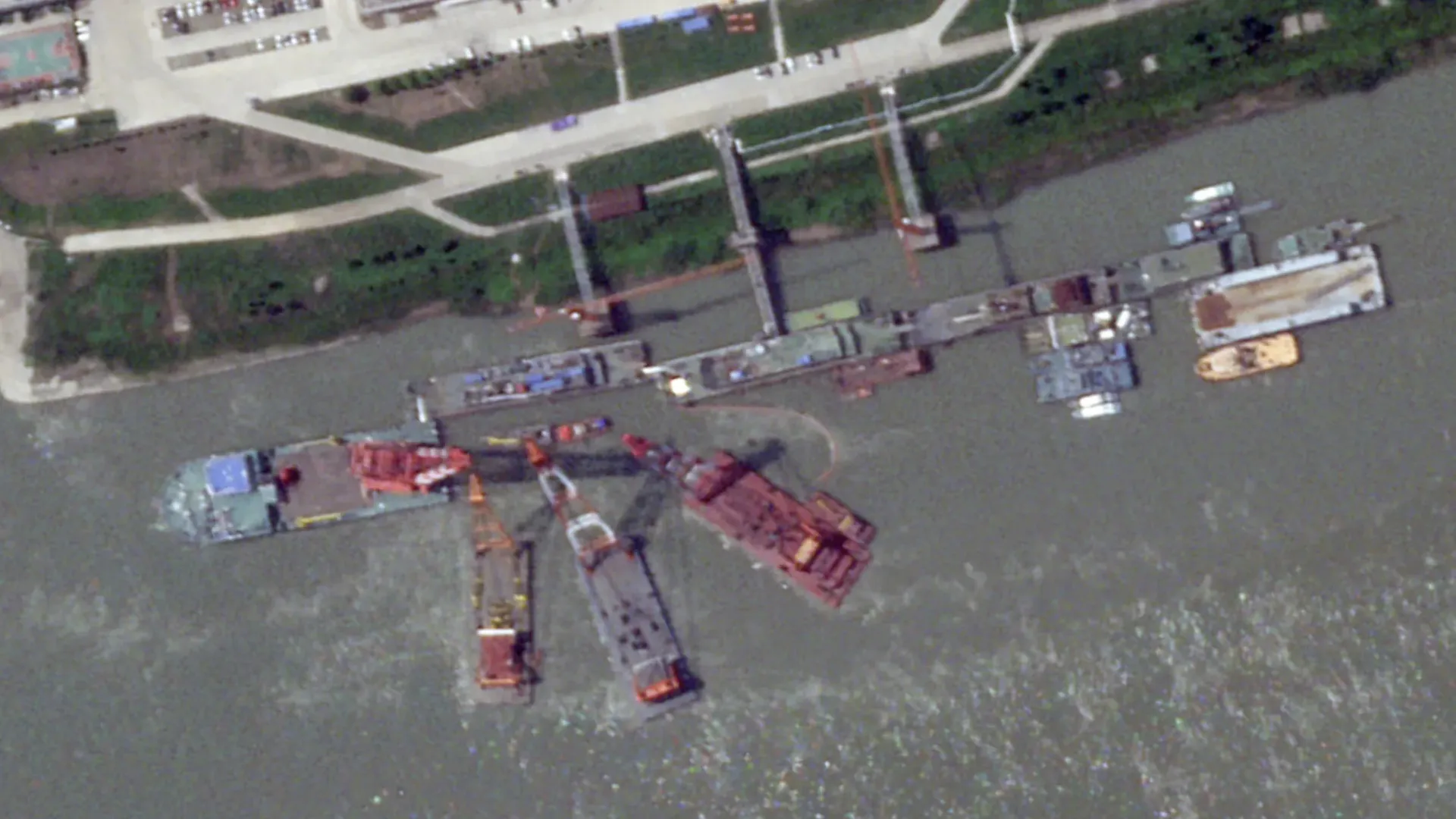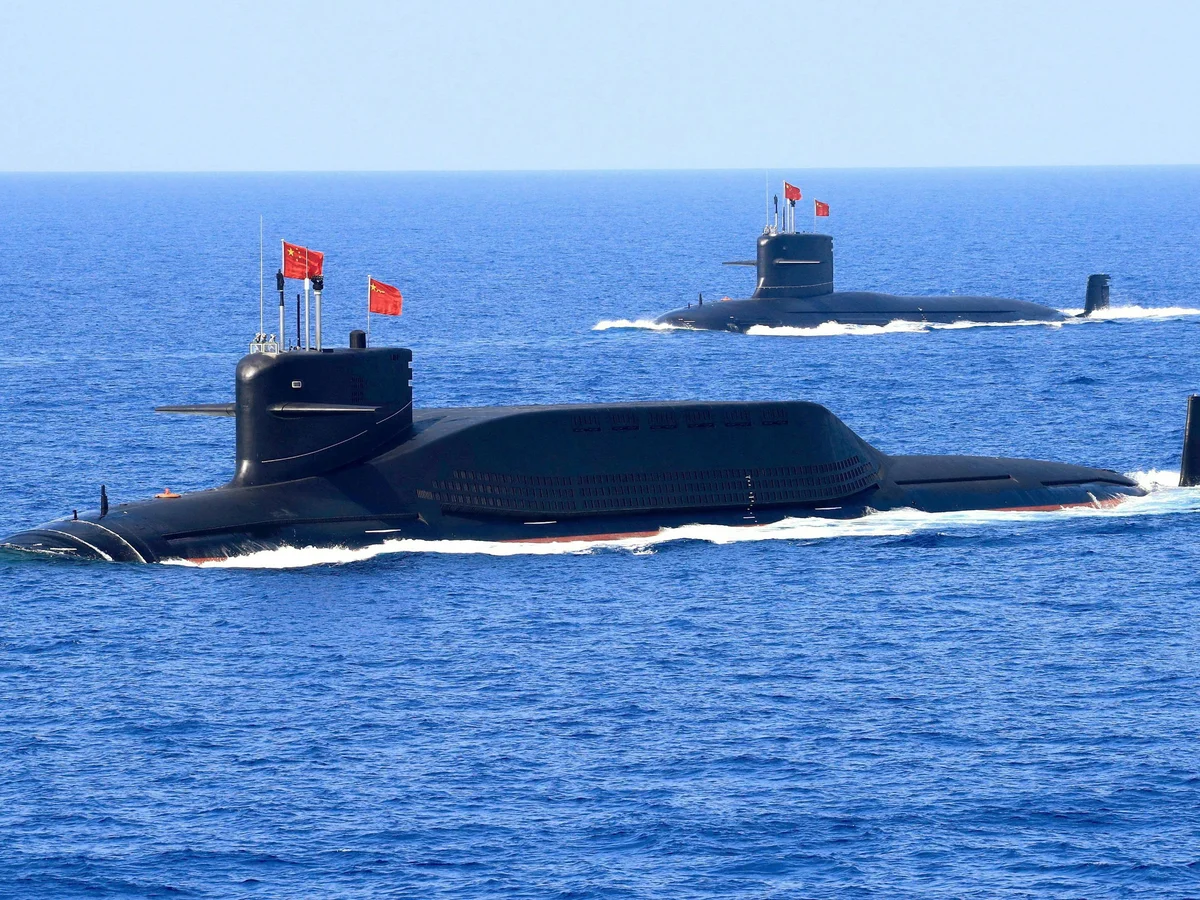China’s ambitions to achieve maritime military parity with the US have suffered a significant setback after its latest state-of-the-art nuclear submarine sank in a dock, according to confirmation from American officials.
The incident occurred last May or June at the Wuchang shipyard near Wuhan, the same city linked to the start of the Covid-19 pandemic. Despite efforts by Chinese authorities to cover up the event, satellite imagery brought it to light.
A US defense official told that the Zhou-class vessel, the first of its kind and notable for its X-shaped stern designed for enhanced maneuverability, sank while docked next to a pier.
It is unclear whether there were any casualties or if the submarine had nuclear fuel aboard at the time, though experts, which first broke the story, have suggested that it likely did. The submarine was eventually salvaged, but it is expected to be many months before it is operational again.
There has been no official acknowledgment from the People’s Liberation Army (PLA), China’s military, about the incident. Furthermore, American officials have no evidence that the Chinese authorities have checked for radiation in the surrounding water or environment.
It was reported that the first sign of unusual activity came in the summer when Thomas Shugart, a senior fellow at the Center for a New American Security and a former US submarine officer, observed irregular movements of floating cranes in satellite images.
He posted about the activity on social media, speculating that a submarine accident may have occurred, though he did not initially realize it involved a nuclear-powered vessel.

Sattelite Images Reveal Sunken Submarine
Shugart remarked on the secrecy surrounding the incident: “Can you imagine a US nuclear submarine sinking in San Diego, and the government hushes it up and doesn’t tell anybody about it? I mean, holy cow!”
An anonymous US defense official told that the incident and the subsequent silence from China raised serious concerns about the competence and accountability of the Chinese military.
“In addition to obvious questions about training standards and equipment quality, the incident raises deeper concerns about the PLA’s internal accountability and oversight of China’s defense industry, which has long struggled with corruption,” the official stated. “It’s not surprising that the PLA Navy would try to conceal this.”
A Chinese embassy spokesperson in Washington responded by saying, “We are not familiar with the situation you mentioned and currently have no information to provide.”
As of 2022, according to a Pentagon report on China’s military, the country had six nuclear-powered ballistic missile submarines, six nuclear-powered attack submarines, and 48 diesel-powered attack submarines.
The submarine force is expected to grow to 65 by 2025 and 80 by 2035. The report noted that China’s efforts to develop new submarines, along with surface ships and naval aircraft, are part of its strategy to counter US intervention in a potential Taiwan conflict and to assert “maritime superiority” across a chain of islands stretching from Japan to the South China Sea.
Brent Sadler, a senior research fellow told that this incident could have a lasting impact on China’s naval development plans. “The sinking of a new nuclear sub produced at a new yard will slow China’s plans to grow its nuclear submarine fleet. This is significant,” he stated.











































